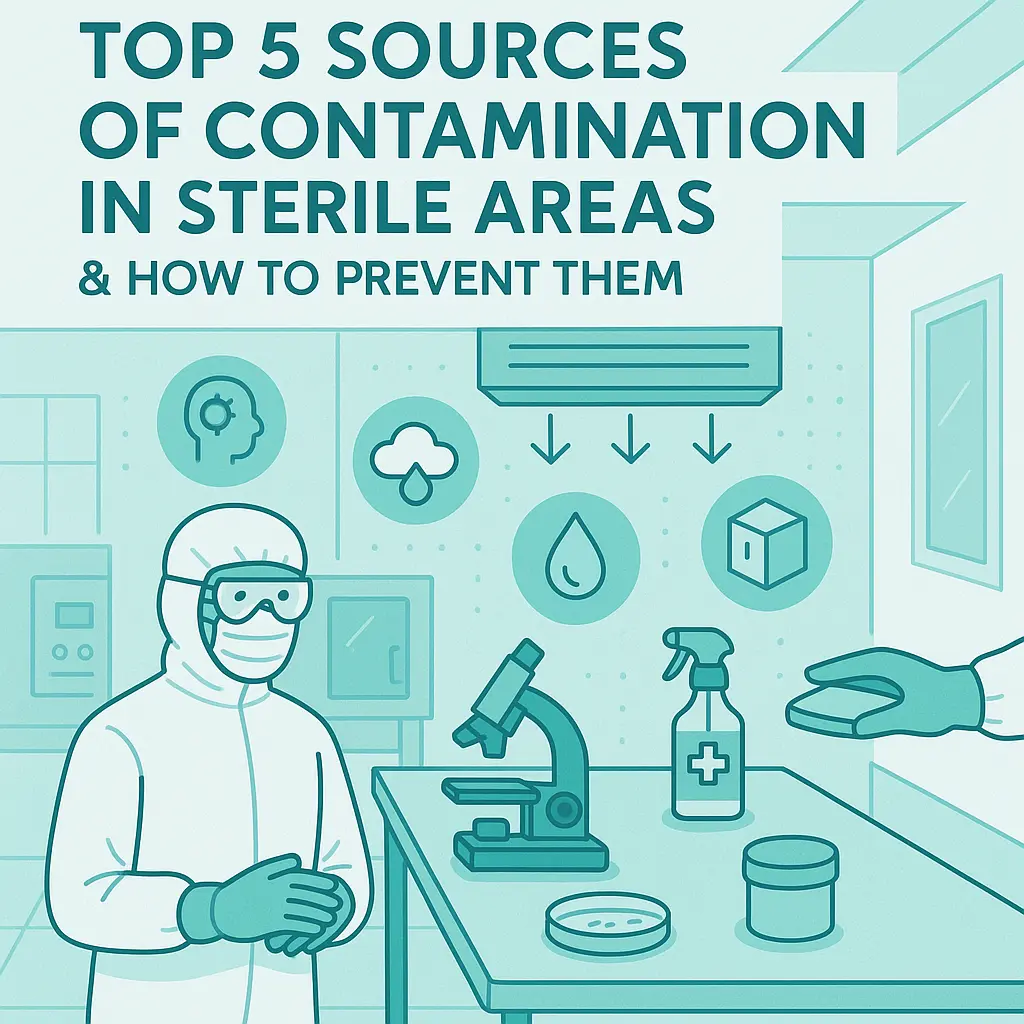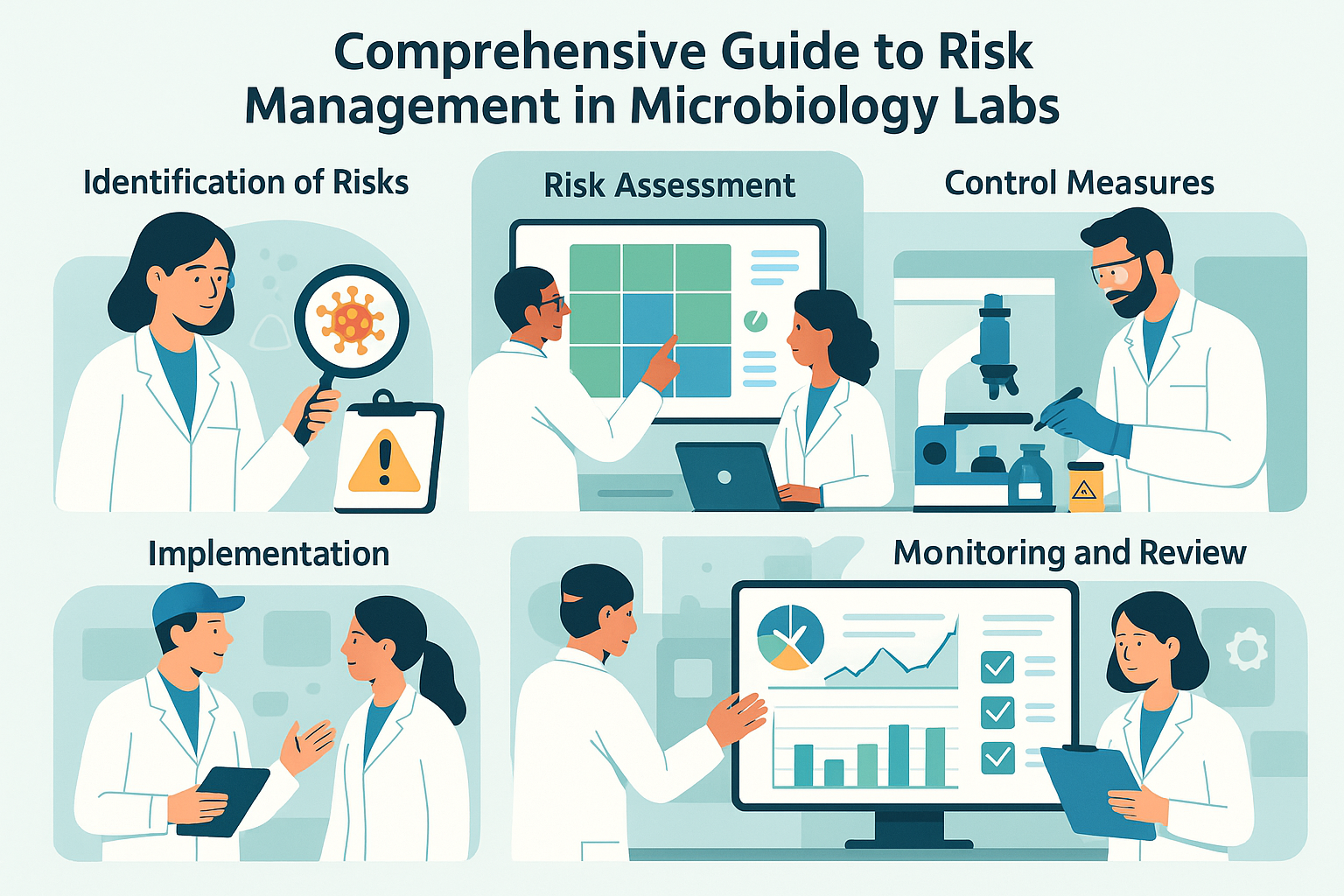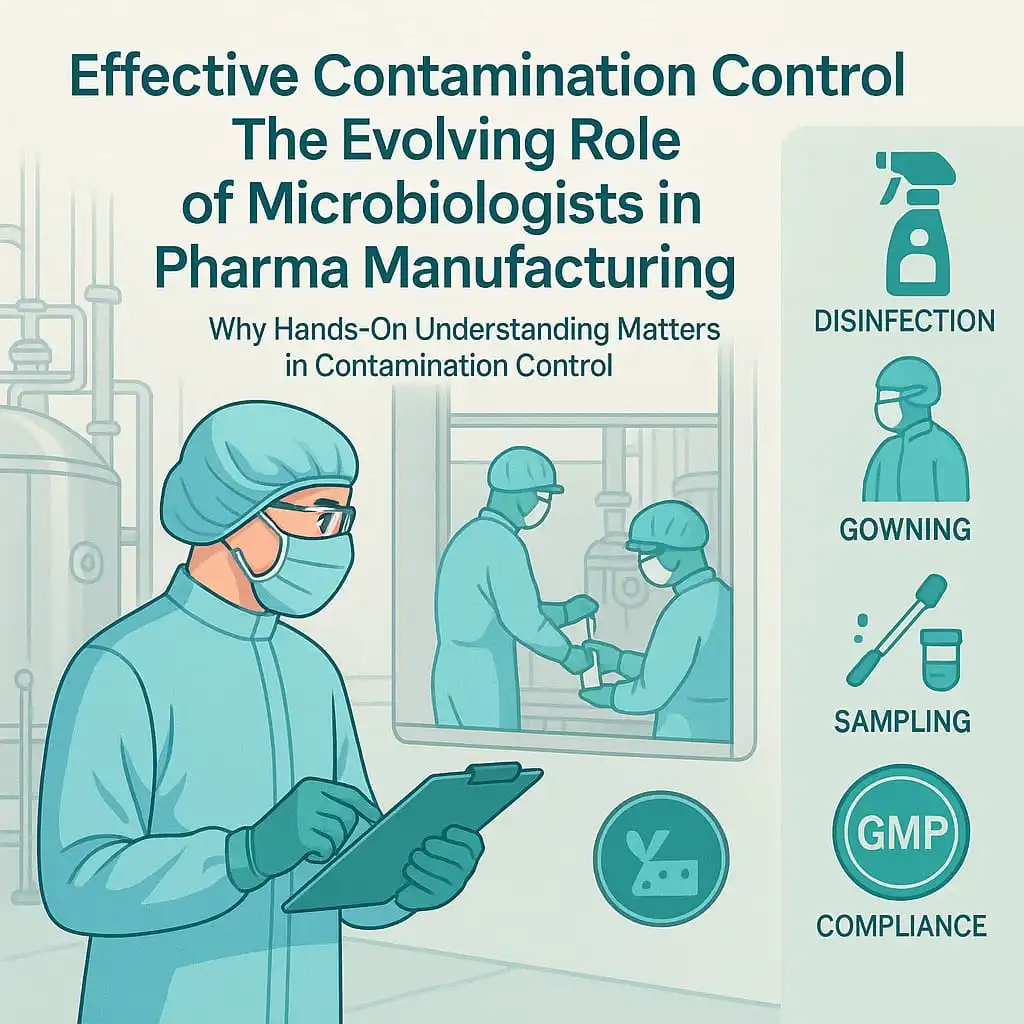Contamination in sterile pharmaceutical products is a critical issue that demands strict control and adherence to regulatory standards. It compromises product quality and can cause severe harm or even fatality if not adequately addressed.
Understanding Sterile Products
In pharmaceutical manufacturing, sterile products typically refer to parenteral preparations—those administered through routes other than the digestive tract, such as intravenous, intramuscular, or subcutaneous injections. Because these routes bypass the body’s natural immune barriers, such products require the highest level of sterility.
Exclusion of Contaminants in Sterile Products
One thing is sure that sterile products can be contaminated. They can cause harm more than good, or even death to the patient, if standards are not adhered to.
For sterile preparations to pass sterility assurance tests, Sterile products must be free from:
A. Viable Microorganisms
Pathogenic organisms can cause serious infections if introduced into the bloodstream or body tissues.
B. Pyrogenic Substances
These fever-inducing byproducts of microorganisms can provoke severe immune responses if injected.
C. Particulate Matter
If we can see particles in any of these preparations using the naked eye, then that product is unfit for administration. Visible particles compromise both the safety and integrity of the product. Any contaminated batch must be destroyed.
Failure to exclude these elements increases the risk of contamination, necessitating immediate recall and destruction of affected batches.
Sources of Contamination in Sterile Products
Several factors can lead to contamination in sterile manufacturing:
1. Personnel
Human operators are the most common source of contamination. Technologies like Restricted Access Barrier Systems (RABS) help minimize their impact.
2. Poor Facility Design
- Air pressure should be higher in aseptic zones compared to adjacent areas.
- Floors, walls, and ceilings must be crack-free and easy to clean.
- Airflow should be unidirectional over critical areas.
- Temperature and humidity must be tightly controlled.
- Facility re-qualification (physically and microbiologically) must occur every six months.
3. Unrestricted access to production areas:
While only staff who work in the sterile production facility should have access to the production areas, they should also have an industry-standard changing room where they need to change into the appropriate protective gear before getting access.
4. Inadequate Cleaning
Improper cleaning and disinfection are major contributors to contamination risk in sterile products.
5. Substandard Water Supply
Only Water for Injection (WFI) should be used. Facilities must maintain systems for consistent and high-volume WFI production.

Steps to Eliminate the Possibilities of Contamination in Sterile Product Manufacturing
1. Production staff must be qualified, well-trained, and re-trained, and maintain a high level of personal hygiene. They must always wear protective clothing and never touch the product with their bare hands during production.
2. Facility design must only be done by experts in the field to ensure that temperature and humidity can be appropriately controlled, in addition to installing and using the correct air filtration apparatus. UV airlocks and doors should be in place to separate areas with different sterility requirements. Laminar flow over work areas should have sufficient velocity to blow away particles from the packing area. Restricted access barrier systems (RABS) should be installed for use by the experts.
3. Access to the production area must be limited to well-trained production staff.
4. The finishing of the production area should be such that all windows are easy to clean and do not allow dust to enter. Only stainless steel sinks are permissible. All floors, ceilings, and walls must be easy to clean and free from cracks. Ventilation, pipework, and light sources should be designed in such a way that they don’t create recesses that are difficult to clean.
5. The staff must maintain a high level of cleanliness and disinfect the facility as necessary with the appropriate grade chemicals.
6. Distilled water (WFI) must always be used in production. Also, ensure that water is not allowed to gather and stay in areas where it encourages microbial growth and multiplication. So while there is always a danger of the possibility of contamination in sterile products, following simple preventive measures together with maintaining quality assurance requirements and regulatory stipulations can reduce this dangerous prospect. For the benefit of patients, sterile preparations must be kept sterile.
Reference:
WHO sterile pharmaceutical production guidelines
Read more about: Heating, Ventilation, and Air Conditioning (HVAC) System in Pharmaceutical Manufacturing

